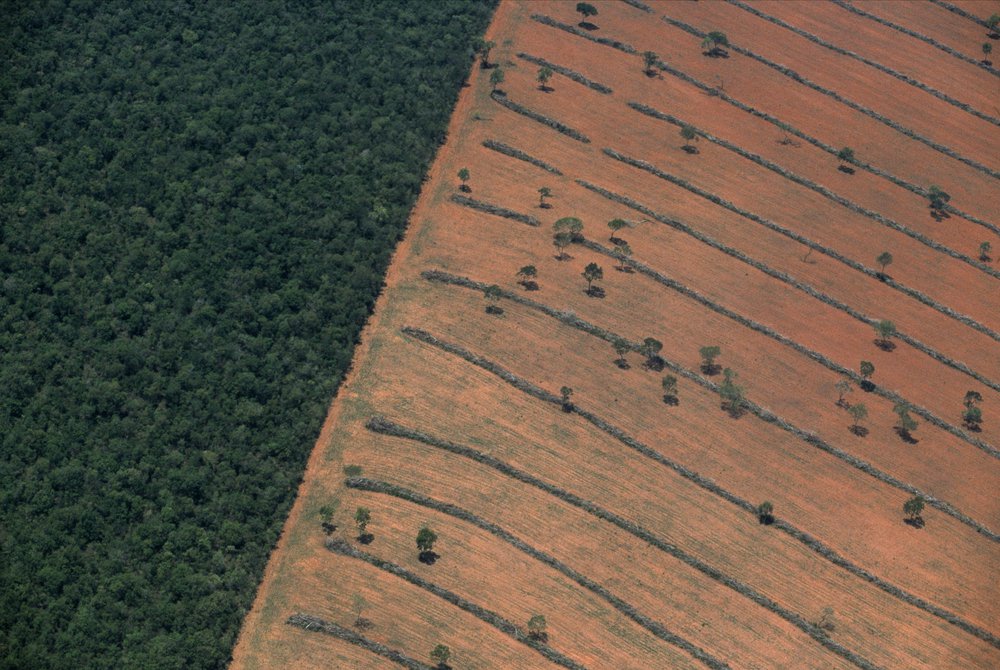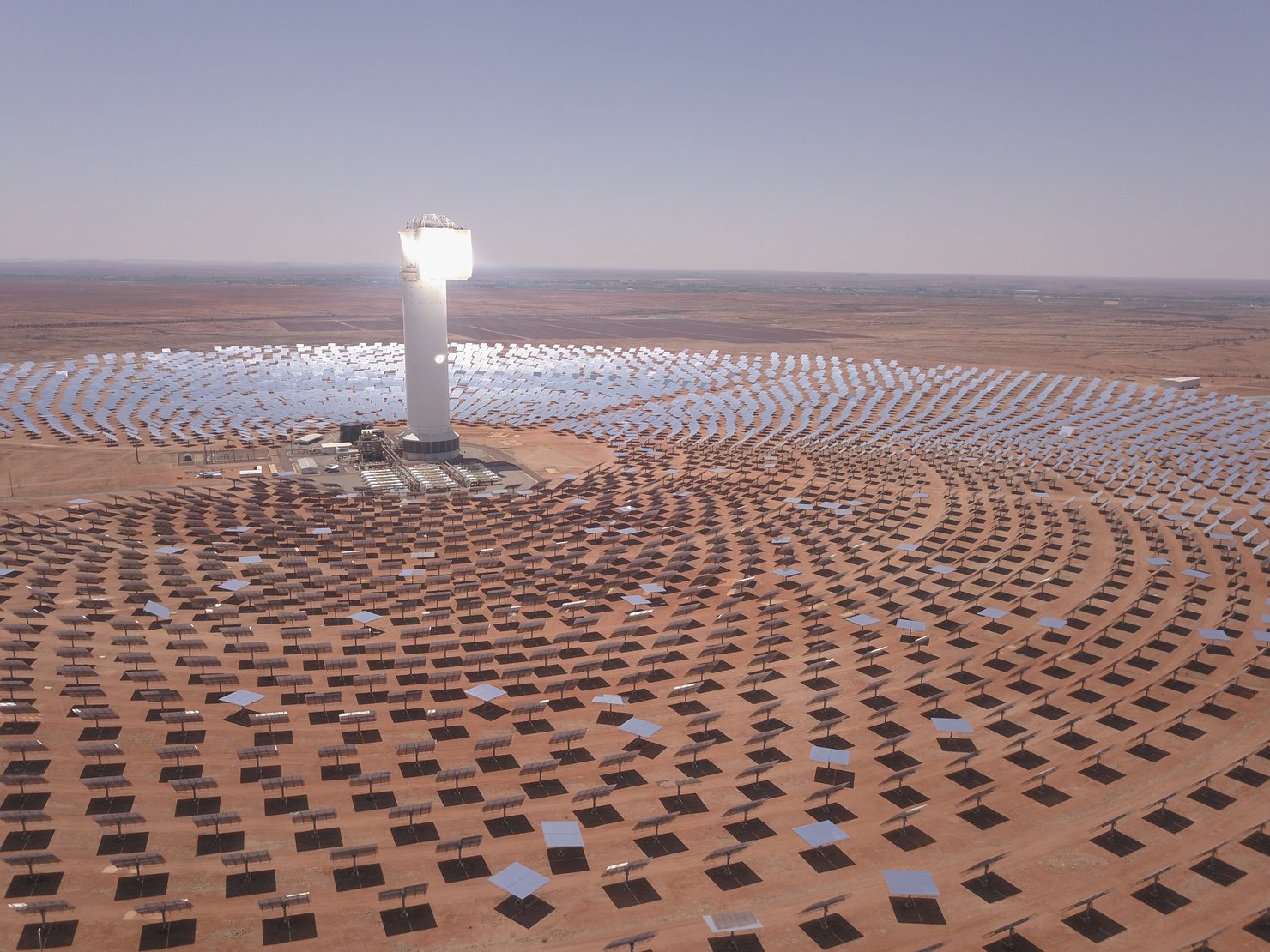Each week, we’re compiling the most relevant news stories from diverse sources online, connecting the latest environmental and energy economics research to global current events, real-time public discourse, and policy decisions. Here are some questions we’re asking and addressing with our research chops this week:
The US Environmental Protection Agency is pushing to alter the way net costs and benefits of regulations are calculated. What does that mean for environmental regulations—and the future of economic analysis at the agency?
Last week, the US Environmental Protection Agency (EPA) proposed a long-awaited rule that would change how the agency assesses the benefits of proposed regulations under the Clean Air Act. Building from a recent ruling that retracted the legal justification underlying the Mercury and Air Toxics Standards (MATS), EPA is proposing that future regulatory decisions only incorporate direct benefits, while excluding any auxiliary “co-benefits.” Prior assessments of the MATS rule justified its steep costs for power plants by quantifying the additional public health benefits of decreased soot pollution, which the recent MATS overhaul by EPA has dismissed as regulatory overreach. While the durability of the proposed rule hinges on this year’s presidential election, the shift away from typical EPA standards is provoking concern. “This rule … is altering the math in such a way to potentially downplay the economic benefit to public health, so they are justified in writing weaker rules in the future,” argues RFF Senior Fellow Dick Morgenstern in the New York Times.
In a new article from the forthcoming issue of Resources magazine, Morgenstern outlines the history of how EPA has incorporated economics into regulatory decisions. A former economist at EPA across multiple presidential administrations, Morgenstern describes how the agency went from considering basic “economic incentive mechanisms” in the late 1970s to conducting robust benefit-cost analyses in the ’80s, and how the current administration has since introduced controversial changes that alter the way benefits are calculated. Offering best practices for EPA, Morgenstern advocates that the agency expand its work to incorporate retrospective analyses of regulations, and that it implement efforts to assess how rules impact low-income households and communities of color. “If EPA continues to embrace economics—and, more importantly, a commitment to best practices in economic analysis—then the next half century will lead to better decisionmaking and strong policy design for a healthy environment,” Morgenstern concludes. For more, stay tuned for the digital launch of issue 204 of Resources magazine—next week!
Related research and commentary:

How can satellite data be leveraged to protect the Amazon rainforest?
The coronavirus pandemic is spreading across Brazil—and providing cover to illegal miners and loggers razing the Amazon. According to satellite data from Brazil’s National Institute for Space Research, 55 percent more deforestation took place in the Amazon from January to April this year than in the same period last year. The apparent increase in illegal activity comes as many government inspectors are quarantined and as other public officials largely prioritize a response to the coronavirus over other issues. As accelerating deforestation heightens the risk of wildfires later in the year, President Jair Bolsonaro—despite his long-standing support for opening the Amazon to development—deployed thousands of soldiers into rainforests last month to prevent further environmental crimes. But new satellite data also reveal that, during Bolsonaro’s first year in office, deforestation increased to its highest levels since 2008—confirming that the crisis unfolding in the Amazon extends beyond the current pandemic.
Recognizing the value of satellites in informing policymakers and improving environmental outcomes, RFF this week announced $300,000 in grants for research projects that aim to quantify the economic and societal benefits of satellite data. One of the three projects receiving support from RFF and NASA is from a team of researchers who are leveraging satellite data to assess the scale of deforestation across the Amazon and explore how the Brazilian Forest Code is enforced. The two other projects receiving funding will experiment with a satellite data–driven early warning system for cholera in Bangladesh and assess how lake visitors in California respond to announcements of harmful algal blooms detected by satellites, respectively. These Grants for Assessing the Benefits of Satellites were made possible through the VALUABLES Consortium, a partnership between NASA and RFF that aims to use satellite information to benefit people and the environment through improved decisionmaking.
Related research and commentary:

How can people in Africa respond to complementary crises: the spread of coronavirus and a lack of access to electricity?
The toll of the coronavirus pandemic in Africa is being exacerbated by the continent’s lack of energy access. Across sub-Saharan Africa, 28 percent of healthcare facilities lack reliable electricity, and hundreds of millions of people across the continent don’t have power at all. A lack of electricity hinders efforts to control the virus: electricity is required for ventilators and most COVID-19 diagnostic tests, and any eventual vaccine would need to be refrigerated. And while electricity access in Africa has been rising, companies that sell mini-grids and solar home systems in areas detached from the grid now fear a significant drop in investments and potential insolvency. As fears of a prolonged recession loom, a survey of 80 companies found that revenues are expected to drop by as much as 40 percent this year alone. In other words, the coronavirus pandemic, while highlighting the importance of electricity to public health, might curtail efforts to expand power.
This week on a new episode of the Resources Radio podcast, Todd Moss—a former diplomat who founded the Energy for Growth Hub to expand power across Africa—elaborates on why electricity access in rural regions is essential for countering pandemics and building strong economies. While he commends efforts to provide off-grid solutions to rural Africans as a “wonderful first step,” Moss also cautions that many of these services are too costly to help companies become “globally competitive.” Discussing projections for future energy use across the continent, Moss contends that the abundance of natural gas in countries like Nigeria, Ghana, and Mozambique poses minimal environmental risk and could be essential to development. Comparing the continent's consumption to that of the rest of the world, Moss makes clear that “Africa is basically not emitting greenhouse gases ... Africa is hardly using anything in the carbon budget.”
Related research and commentary:







